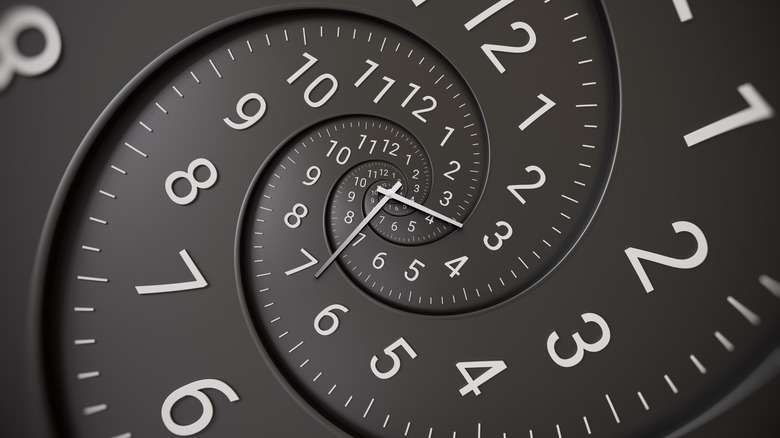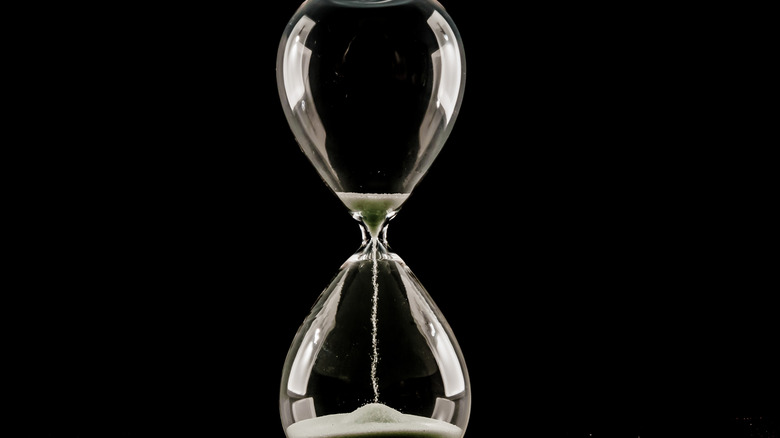How Does Gravity Affect Time?
Did you know that moving a clock one inch toward the ground would result in a slower tick compared to the same clock positioned higher up? Gravity doesn't just pull things; it also bends time. According to Einstein's theory of relativity, the stronger the gravitational field you're in, the slower time moves for you compared to someone farther from the mass. This is called gravitational time dilation, and yes, it exists way beyond the vicinity of black holes. It's happening constantly, right here on Earth.
Back in 2022, a couple of scientists at JILA (that's a joint lab between NIST and the University of Colorado Boulder) conducted an experiment to demonstrate this effect by placing two atomic clocks just one millimeter vertically apart from each other. Turned out, the clock positioned near Earth's gravitational center operated at a slightly slower rate than the clock located higher up. Which quantifiably proved that even the slightest vertical displacement meant an alteration in time flow.
This experiment confirmed, with precision never seen before, that gravity subtly distorts time on scales as small as a fingernail. "The most important and exciting result," said NIST/JILA Fellow Jun Ye, "is that we can potentially connect quantum physics with gravity ... It also shows that there is no roadblock to making clocks 50 times more precise than today — which is fantastic news."
We didn't just theorize time dilation, we launched it
Interestingly enough, JILA wasn't the first lab to run an experiment to confirm this theory. Einstein's proposal inspired a lot of physicists to come up with testing methods for time dilation. The Pound–Rebka experiment conducted in 1959 was the first major breakthrough, where they fired gamma rays upward inside Harvard's Jefferson Tower. The energy loss from the climb up the tower matched exactly what Einstein's equations had predicted because of Earth's gravitational pull. This was gravitational redshift, a close cousin of sorts to time dilation.
A more direct test of gravitational time dilation happened with the launch of Gravity Probe A in 1976. Scientists used a Scout rocket to send a hydrogen maser atomic clock 10,000 kilometers above Earth. The test concluded that the clock started ticking faster than an identical ground-based clock by a rate of roughly one second every 73 years. It doesn't sound like a lot, but the experiment provided strong evidence for relativity through its 0.01% accuracy level, which was remarkable for its time.
These weren't isolated efforts, though. They were the starting point for a chain of increasingly precise tests designed to build a solid case for gravitational time dilation. Physicists all over the world were sending things up in the sky to ask if gravity changes time, and the answer came back as a hard yes; again and again.
Time isn't fixed, and we are just starting to measure it
Once the satellites and lab tests gave us a solid confirmation of the existence of gravitational time dilation, researchers decided to study the Earth instead. They wanted to know if this effect could actually show up in our day-to-day environment.
The Hafele–Keating experiment in 1971 involved placing four cesium atomic clocks on commercial airliners around the world. Then, they ran a comparison between the airborne clocks and the reference clocks that remained on the ground. The result? The flying clocks had aged differently. The eastward-bound clocks experienced greater time dilation because of their velocity, while the westward clocks moved against Earth's rotation and displayed a slightly reduced effect. The time variations confirmed Einstein's predictions from both special and general relativity.
Every human experience, from aging through movement to memory, hinges on the assumption that time flows evenly. Modern physics shows us that's not the case. Time bends: The speed of time depends on things like where you are, how fast you are going, and how much gravity is around you. We see this in our GPS, our clocks, and even our tech. And eventually, with enough time and research, we're going to stop seeing time as a single stream and instead look at it as a dynamic field. One that we can measure, predict, and maybe even engineer around.


